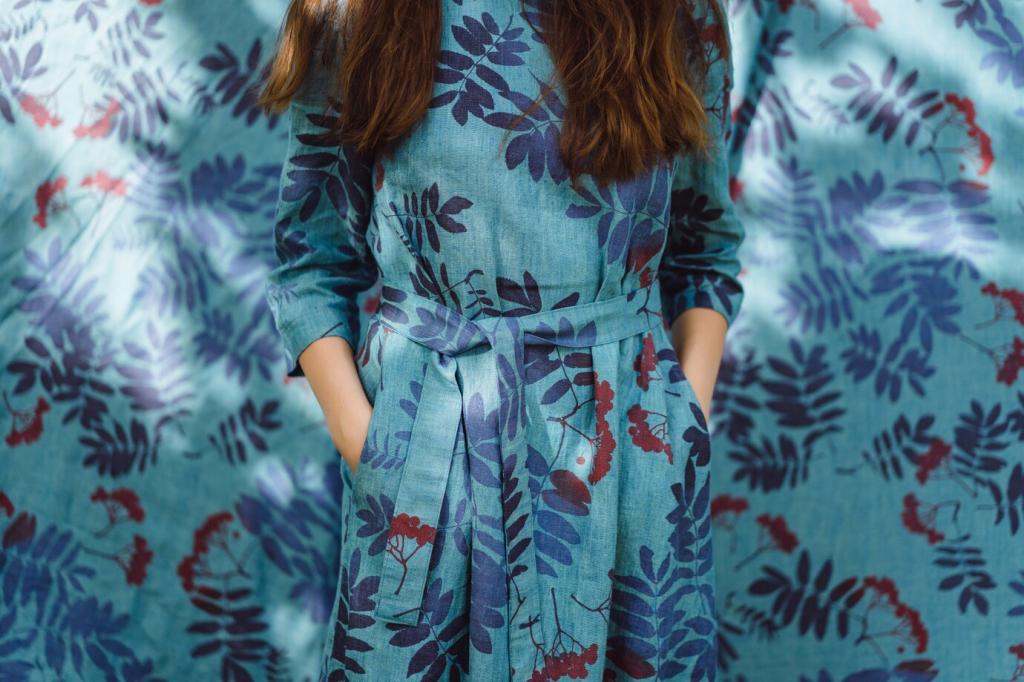Creating Eco-Friendly Fashion: A Designer's Guide
Creating eco-friendly fashion has never been more relevant or necessary. As the global fashion industry grapples with environmental consequences, designers play a pivotal role in driving transformation. This guide offers insight into the practical steps and thoughtful choices involved in developing truly sustainable collections. From sourcing materials responsibly to embracing circular processes and mindful production, every decision matters. In the sections that follow, learn how to align your creative vision with the principles of eco-conscious design, discover innovative alternatives to conventional practices, and empower your brand to minimize its impact. Whether you’re an established designer or new to the world of sustainable fashion, this resource aims to inspire change and support your journey toward greener, more ethical fashion.


The Importance of Eco-Conscious Design
Social and Ethical Responsibilities
Lifecycle Thinking in Fashion
Choosing Natural and Organic Fibers
Embracing Recycled and Upcycled Textiles
Evaluating Certifications and Traceability
Resource-Efficient Design Strategies
Responsible Manufacturing Practices


Designing for Longevity and Circularity

